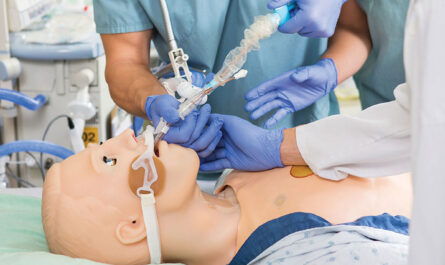Plastic Bandage, also known as adhesive bandages or sticking plasters, are a common first aid item used to cover minor cuts, scrapes, and burns. Made of a porous adhesive strip coated with a fabric or plastic pad, adhesive bandages form a protective barrier that keeps dirt and germs out of wounds while they heal.
History and Development
The bandage has come a long way since ancient times when cloth wrappings and herbal salves were used to cover wounds. In the 1920s, medical adhesive tape was invented which provided a simple way to keep gauze securely in place. However, it was messy to apply and remove. In the late 1920s, Johnson & Johnson developed the first adhesive Plastic Bandages by laminating a pad to a strip of surgical tape, making it easier for consumers to self-administer first aid. Over the decades, bandages have evolved to become thinner, more flexible andcome in assorted sizes to suit different wound types and locations on the body.
Types of Plastic Bandage
There are several types of adhesive bandages available on the market today:
– Regular bandages have a thin, adhesive strip with a small, flexible padding in the middle. These are best for minor cuts and scrapes.
– Large bandages have a wider adhesive strip and larger padding for covering bigger wounds and abrasions.
– Fabric bandages are made with a soft, breathable fabric backing instead of plastic. These are more comfortable for sensitive skin.
– Waterproof bandages have an extra layer of protection to keep wounds dry during bathing or showering.
– Antibacterial bandages contain additional protection with gentle antibacterial properties to prevent infection in wounds.
– Butterfly or strip bandages are thin strips used to hold split skin edges together for clean cuts and lacerations.
Choosing the right type and size of bandage helps promote proper wound healing.
Application and Removal Tips
To effectively use adhesive bandages, it is important to follow best practices for application and removal:
– Clean the wound area with soap and water and pat dry before placing on a bandage.
– Remove any dirt, debris or loose skin from the wound that could get trapped.
– Place the bandage centred over the wound with the padding covering it completely.
– Smooth down from the centre outwards, pressing firmly so the adhesive sticks well without air bubbles.
– To remove, slowly peel back an edge to break the seal instead of pulling directly on the bandage which can pull at scabs.
– Replace bandages when they become dirty, damp or fall off on their own.
– Seek medical attention for deep or infected wounds that do not heal with basic bandage care.
Benefits for First Aid and Beyond
The ubiquitous plastic bandage has become a necessity for treating cuts, burns and other minor injuries due to its convenient one-step application and protection. Key benefits include:
– Forms a protective barrier to prevent dirt and germ entry that could delay or complicate wound healing.
– Keeps wounds clean and promotes healing without the need for re-dressing.
– Waterproof versions allow showering or bathing without disturbing just-forming scabs.
– Adhesive backing means no messy tapes or holding gauze in place for active lifestyles.
– Comes in assorted sizes to suit different wounds, locations and levels of activity.
– Inexpensive and easy for anyone to apply, even for self-treatment of hard to reach areas.
– Provides peace of mind when travelling or engaging in sports by having bandages on hand for minor mishaps.
– Effective for uses beyond basic first aid like covering blisters, chronic skin conditions or tattoos during healing.



